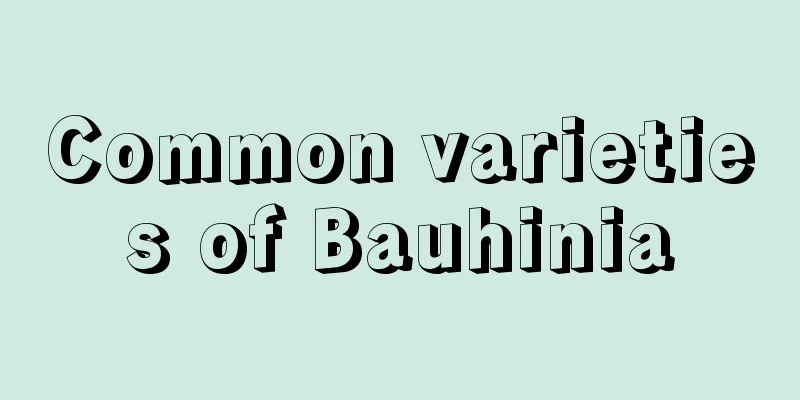Common varieties of Bauhinia

Bauhinia leucophyllaWhite Bauhinia is a variant of Bauhinia with white flowers. A shrub that grows in clusters or solitary, 2-5 meters high; bark and twigs are grayish white. The leaves are papery, nearly round or triangular-round, usually glabrous on both sides, young leaves are green, and only the petioles are slightly purple. Bauhinia grandifloraGiant Bauhinia is a deciduous tree or large tree. The average plant can grow up to 30 meters. It is an excellent native tree species with great ornamental value discovered in recent years. The leaves of Bauhinia giant are alternate, entire, heart-shaped or nearly round, with branches that are soft and drooping, dense and flowing. The calyx is purple-red and shaped like a purple butterfly, with flowers blooming before leaves. The flowers are viewed in spring, the inflorescence is large and dense, and the colors are bright. The leaves are dense, heart-shaped, round and shiny in summer. When viewing the fruits in autumn, you will see large pods, which are green when they first appear, and reddish brown when ripe. They are flat and long, with slightly pointed ends. When viewed in winter, the fallen leaves are more luxuriant, the trunk is upright, the bark is agate gray, and the branches are swaying. Cercis tuftilisClustered Bauhinia is a cluster of Bauhinia, which can reach a height of more than 4 meters, with a crown width of 100-300 cm and generally 5-10 branches. Canadian RedbudThe plant is about 4-5 meters tall, and the branches are black-gray with light-colored lenticels. The new leaves are purple-red, and the old leaves are copper-brown in the summer in a sunny environment. If there is insufficient light, they will turn green-brown, and turn red in autumn. The back of the leaves is light pink. The flowers bloom before the leaves, and 4 to 10 flowers are clustered in short racemes. The flowers can bloom on old trunks, new branches, and short branches. The corolla is butterfly-shaped and rose-red. The flowering period is April. The pods are linear and flat, and turn reddish-brown when mature in August or September. They contain nearly round seeds, but the fruiting rate after flowering is not high. The flower stalks of Canada red-leaf redbud are long and the flowers are sparse. Unlike the common redbud, which are densely packed in clusters and bloom close to the trunk, the flowers are slightly drooping and bloom in a sparse and dense manner. |
<<: Cultivation methods and precautions of Hellebore
>>: Ruogeshi family breeding methods and precautions
Recommend
Is the yield of jackfruit high? What is the yield per mu?
Is the yield of jackfruit high? The yield of jack...
Should I use a large or small pot for Begonia?
Should I use a large or small pot for Begonia? Th...
How to fertilize Margaret
Cultivation base fertilizer If you are a lazy flo...
How to eat chrysanthemum
Chrysanthemum tea Using chrysanthemum as chrysant...
What color is the rose
1. Flower Color The colors of roses are very rich...
Key points for caring for gladiolus in four seasons
Spring care of gladiolus In spring, gladiolus is ...
The efficacy and function of crabapple, crabapple pictures
1. Provide nutrients Crabapple is edible and cont...
The 10 best plants to grow in the office
Pothos There are many varieties of green radish, ...
The effects and functions of forget-me-not
The effects and functions of forget-me-not Beauty...
The efficacy and function of coriander water, the efficacy and function of coriander water
1. Efficacy and Function 1. Remove odor: It has t...
Cultivation methods and precautions of chrysanthemum
1. Maintenance methods 1. Flower pot selection: L...
Kiwifruit grafting time and method
1. Grafting time Kiwifruit grafting can be done i...
What fertilizer should be used to grow sweet and crisp cucumbers (how to fertilize cucumbers)
How to fertilize cucumbers to make them sweeter, ...
What fertilizer is good for growing vegetables on the balcony
What fertilizer to use for growing vegetables on ...
What kind of soil is suitable for growing spider plants
Although spider plant is a very common green plan...









